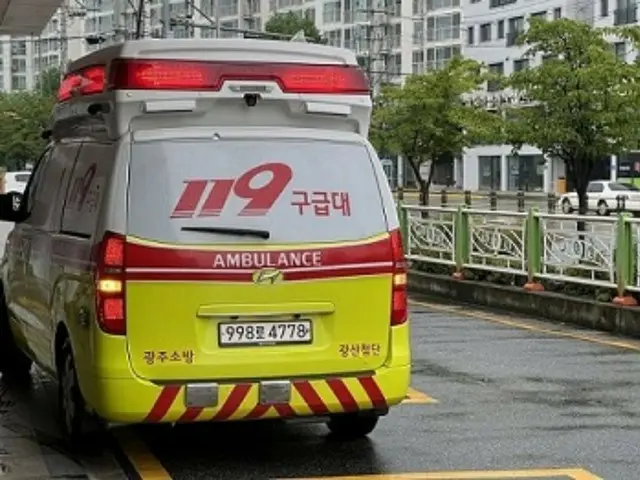On the 28th, the Ministry of the Interior and Safety, the Ministry of Health and Welfare, and the Fire and Disaster Management Agency announced that they would take measures to resolve the issue of delayed transportation of emergency patients to hospitals.
To this end, the government has prepared a plan to improve the patient transport and transfer system, which was discussed at a meeting of the Physician Group Action Central Disaster and Safety Countermeasures Headquarters (CCCHM) on the 24th.
First, when an emergency patient is transported to a hospital or transferred from a primary care hospital to another hospital, the Central Emergency Medical Center of the Ministry of Health and Welfare
The center plans to assist in the selection of hospitals through the regional emergency medical situation rooms in the four regions under its umbrella to ensure rapid patient transfer.
Until now, when selecting a hospital to which a patient should be transferred, 119 Ambulance had to contact each hospital on an individual basis.
The only way to respond to an emergency patient is to call the emergency medical center or wait for a hospital to be selected through the 119 emergency situation management center. In addition, when an emergency patient needs to be transferred to another hospital, the hospital is selected through independent communication between hospitals.
The Ministry of Health and Welfare and the National Fire and Disaster Management Agency will also strengthen education for ambulance staff on how to classify the severity of patients. The National Fire and Disaster Management Agency will implement measures to classify patients in the event of cardiac arrest or respiratory distress so that accurate patient assessments can be carried out at the scene.
The plan is to make it mandatory for emergency personnel on the scene to receive medical guidance from emergency medical instructor doctors working at the 119 Emergency Situation Management Center when a serious emergency patient, such as a medical emergency, is encountered.
In addition, the two organizations will conduct a proper evaluation of the entire process of transportation and accommodation, and will review the ambulance staff's evaluation of the patient's condition, the process of transmitting information to the hospital, and the hospital's
The government plans to conduct a comprehensive evaluation of the validity of the reasons for the difficulties in admitting patients. It plans to strengthen the circulation process by improving the problems and reflecting them in the field, and if the hospital quickly accepts emergency patients based on the evaluation results,
Proposals for incentives, such as compensation and exemptions, will also be promoted. Local governments will establish regional transport guidelines that specify hospital names, taking into consideration the patient's symptoms and severity, transport distance, and regional characteristics.
Minister of the Interior and Safety Lee Sang-min said, "We will work with local governments and related agencies to establish an emergency patient transfer and hospital transfer system."
"We will ensure that improvement measures are implemented swiftly. The government will do its utmost to ensure that medical reforms to normalize regional and essential medical care are a success."
2024/04/28 20:55 KST
Copyrights(C) Herald wowkorea.jp 83

